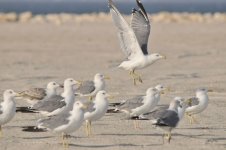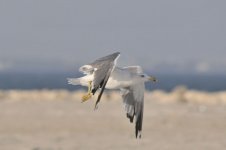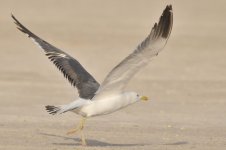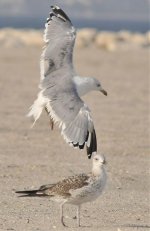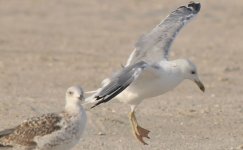Howard King
Well-known member
Uncertain of the identity for this one due to moult - can one of the dedicated Larusites (apologies to infected parties) please pass a comment or two
http://www.birdforum.net/gallery/showphoto.php/photo/273286/limit/recent
http://www.birdforum.net/gallery/showphoto.php/photo/273286/limit/recent
Last edited:




